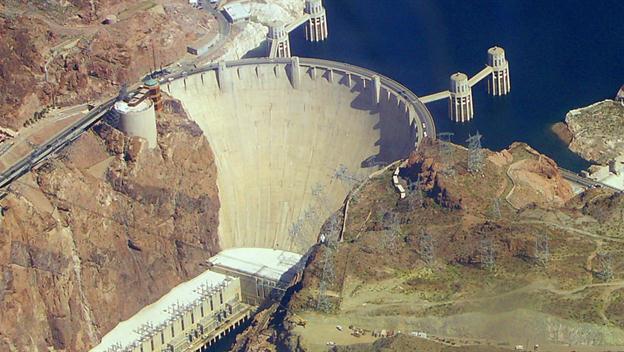Types of Water Containment Barriers
There are many different examples of water containment barriers including booms, pneumatic, hydraulic containment, permeable reactive barriers, and berms, among others. There are two basic categories of water containment barriers – temporary and permanent.
Temporary water containment barriers are primarily used to hold back flood waters or to provide a dry environment for a project to proceed.
Examples of temporary water containment barriers are cofferdams (also coffer dams), sandbags and earthen berms.
There also are permanent water containment barriers that include dams, levees, locks and seawalls.
Regardless of type, the mission of every water containment barrier is to control water, whether by stopping or diverting its flow
Water Containment Barrier Applications
There are many applications for water containment barriers, especially cofferdams. Dam-It Dams’ patented, portable, water-filled Cofferdams offer effective and cost-efficient solutions for these major types of situations that we call the 3-Ds of water control:


Dewatering
Dewatering, unwatering and water control are common terms used to describe the removal or drainage of ground or surface water, typically on a construction site. Dewatering is often required before subsurface excavation for such things as foundations, shoring, cellar space and repairs to existing water structures.
Examples of Dewatering water-control situations include:
- Boat ramp repairs
- Bridge repairs
- Dredging
- Environmental remediation
- Shoreline restoration
- Wetland protection
Diversion
Diversion is the temporary (or sometimes permanent) re-routing of water. It may be required to initiate a project and/or allow a project to proceed.
Examples of Diversion water-control situations include:
- Bridge repairs
- Dredging
- Environmental remediation
- Flood control
- River crossings
- River flow
- Spillways
- Wetland protection
Damming
Damming is the process of creating a barrier that holds back water. The barrier may be needed to maintain water table levels, collect water for storage and prevent water from crossing established/safety threshholds.
Examples of Damming water-control situations include:
- Bridge repairs
- Canals
- Cold weather projects
- Dredging
- Environmental protection
- Environmental remediation
- Flood control
- Flood protection
- Shoreline protection
- Shoreline restoration
- Spillways
- Wetland protection
Whether you need a water containment barrier for dewatering, diversion or damming, we have a wide range of sizes to accommodate virtually every project manager’s needs. Contact us today for more information and a free quote. Click here damitdams.com to go to our Home Page.

